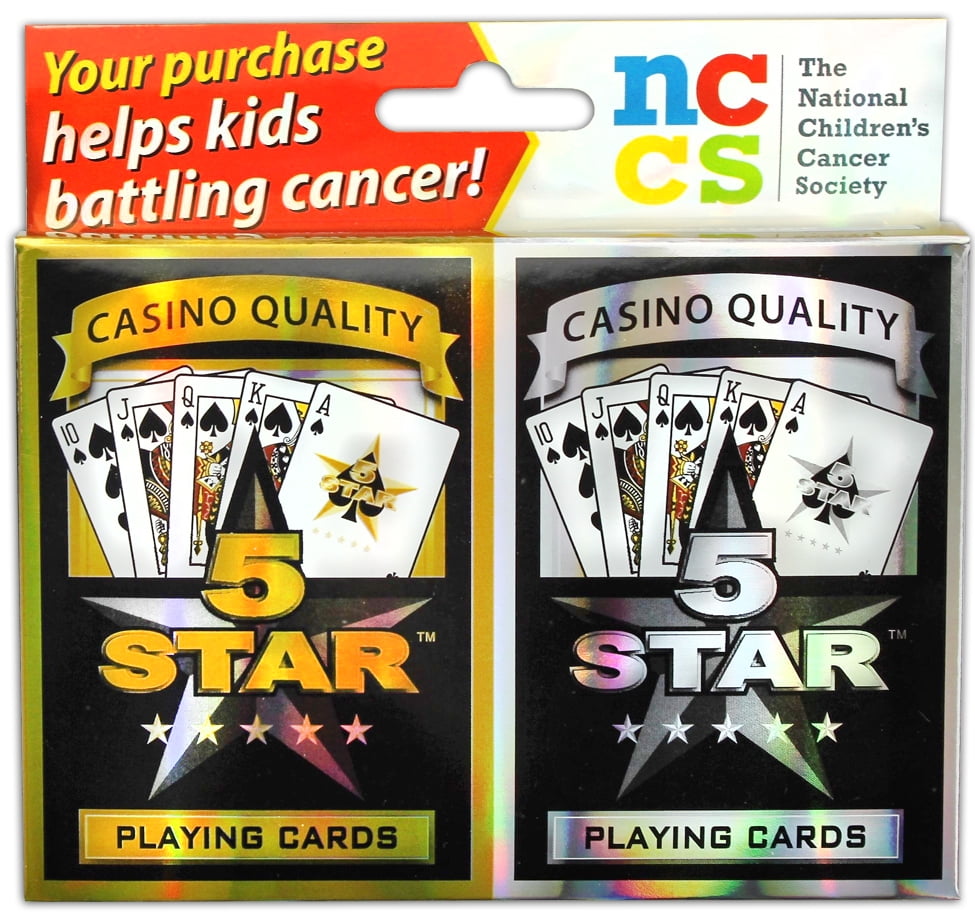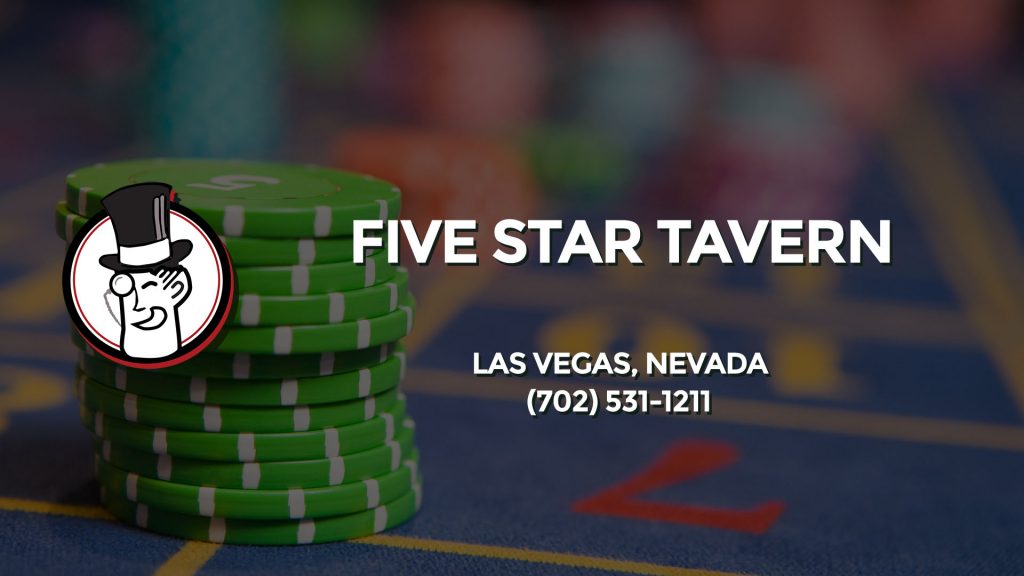Trail users in Youngwood may have noticed the construction related signs along the trail between Depot and East Hillis Streets. The bridge on East Hillis Street is being replaced this summer, and the road was to have closed by now but there were delays in the start of construction; the closure is now expected this week.
There will be no 5 Star Trail access between the trail and East Hillis Street during the project, not even to go across track toward 3rd Street.
Trail users can be on the trail up to the point of the closure, but turning around is the only option.
As always, crossing or occupying the track of the Southwest Pennsylvania Railroad is strictly prohibited at all locations along the trail except for marked crossings.
Bridge projects like this typically take at least 4 months. We will update on any information that we get regarding the project.
Introduction
Stud poker first appeared as early as the 1860's in America. Formerly all poker games had been 'closed' - the cards were known only to the player to whom they were dealt. Stud poker is an 'open' game in which most of a player's cards are displayed on the table. Therefore players can form an idea of the strength of other players' hands and bet accordingly, although each player has at least one 'hole' card which remains concealed until the showdown. Since poker is a five card game it is natural that the earliest form of stud poker was five card stud. In this game each player's first card is dealt face down and known only to the owner, but the other four are dealt face up with a betting round after each.
Welcome to Five Star Poker Club! Great members and many styles of play! Enjoy your time with friends and family, please keep the chat friendly and treat one another with respect. This is all for fun! Five Star - Trincity Five Star is a Casino in Trincity, Trinidad, Trinidad and Tobago and is open daily noon-4am. The casino's gaming space features 223 gaming machines and fourteen table and poker games.
Although Five Card Stud was overtaken in popularity in the late 20th century by Seven Card Stud and community card games such as Texas Hold'em and Omaha, it is still played in some places.
This page assumes some familiarity with the general rules and terminology of poker. See the poker rules page for an introduction to these, and the poker betting and poker hand ranking pages for further details.
Players and Cards
A standard 52-card pack is used, and since only five cards per player are dealt, it is possible for up to 10 people to play.
The Play
The sequence of events is as follows (as usual the cards are dealt clockwise one at a time):

- All players place an ante in the pot.
- Each player is dealt one card face down and one face up, and there is a betting round.
- Each player is dealt a third card face up. There is a second betting round.
- Each player is dealt a fourth card face up. There is a third betting round.
- Each player is dealt a fifth and card face up. There is a fourth betting round.
- Surviving players show their cards and the best five-card hand wins the pot.
The concealed card - the first dealt to each player - is sometimes known as the 'hole' card.
Order of Betting
Traditionally, each betting round is begun by the player with the best hand showing. For this purpose pairs, triplets, two pairs and quads count in their normal poker order - so for example with three cards showing 3-3-3 is higher than 7-7-8, which is higher than A-K-Q. Incomplete straights and flushes do not count. If there is a tie it is resolved by comparing the suits of the highest cards in the tied hands using the ranking order clubs (low), diamonds, hearts, spades (high).
Some play that in the first betting round, the first player must place a compulsory bet, called the bring-in. In this case there may be no ante, though an ante is usually paid as well.
Some play that the first betting round starts with a compulsory (bring-in) bet by the player showing the lowest card. This is now the normal rule in formal games hosted by American casinos. The subsequent betting rounds are begun by the highest hand showing as usual.
Size of Bets
This is of course for the players to agree. Five Card Stud is often played as a fixed limit game with the following arrangements.
- A small bet and a big bet size are determined - say for example $5 and $10.
- When there is a compulsory bring-in bet, the ante amount is generally much smaller than the small bet - say $0.50 in the example.
- The compulsory bring-in bet is normally less than the small bet but more than the ante - say $2 in the example.
- The player who opens the betting has the option to place a full small bet ($5) instead of just the compulsory minimum $2.
- If the opener just places the minimum bring-in, subsequent players have the option to complete the bet to a small bet ($5), to call the bring-in ($2) or to fold. Only if someone completes the bet are later players allowed to raise. If the opener chooses to begin with a full bet ($5), subsequent players can raise.
- In the first betting round no big bets are allowed.
- If there is no compulsory bet in the first betting round, then a larger ante should be used, and only full small bets are allowed in the first betting round.
- Only one bet and a maximum of three raises are allowed in any betting round, if there were more than two active players at the start of the betting round. A bring-in of less than a small bet does not count as a bet for this purpose - after it is completed there can be three raises.
- In the second betting round, when players have two face up cards, big bets ($10) are allowed if any player has a pair (or better) showing. In this case anyone can place a big bet or raise, even if they do not themselves have a pair.
- Note that if the rule is played that each raise must be at least as large as the last bet or raise, then after a player places a big bet, only big raises are allowed in that round. However, many home poker games do not have this rule, in which case a player may respond to a big bet with a small raise, thereby 'using up' one of the three raises and limiting the potential size of the pot.
- Some play that in the last two betting rounds, after players are dealt their fourth and fifth cards, only big bets are allowed. This is the normal rule in casino hosted games, but not in home poker games.
Variations
Sometimes Five Card Stud is played with the fifth card dealt face down, so that in the last betting round each player still has only three cards showing. In this case the final betting round will be begun by the same player who began the previous round.
Lowball
Five Card Stud can be played low (lowest hand wins). This game is sometimes called Lowball, though this name is also used for Draw Poker played for low. Any of the low poker ranking systems can be used. In American casinos ace-to-five ranking would be most usual. Many home poker players prefer ace-to-six ranking. Deuce-to-seven ranking would also be possible.
In the formal casino version, the player with the highest card showing (Ace counting as low) starts the first round of betting with a compulsory bring-in bet. Subsequent betting rounds are begun by the player with the lowest hand showing. Since a pair is not a good hand in this game, a player with a pair showing is not entitled to place a big bet. The remaining rules are the same as in ordinary Five Card Stud, as described above, except that in the showdown the lowest hand wins.
Five Card Stud High-Low
The deal and betting are mostly the same as in ordinary five card stud. Some play that in high-low games, a pair showing does not give players the option of a big bet or raise.
In the formal version of this game, at the showdown, the pot is split equally between the highest and lowest hands, the odd chip going to the high hand if the amount cannot be divided exactly by two. Any of the possible low hand ranking methods can be used - see low hand ranking on the poker hand ranking page.
Five Star Poker Game
In home games, Five Card Stud High-Low is often played with declaration. After the final betting round each player has to declare either 'high', 'low'. This can be done either in sequence around the table or simultaneously - see the section on declaration methods on the poker betting page. Usually players are not allowed to dealer 'both' in Five Card Stud High-Low. Even if it were allowed it would be unusual, unless perhaps you were playing ace-to-five ranking (uncommon in home games) and a player had (or pretended to have) an A-2-3-4-5 straight which is good for both high and low.
In the showdown, the highest hand among the players who have declared 'high' shares the pot with the lowest of the players who have declared 'low'. See the section on the showdown in split pot games on the poker betting page for further details and variations.
Five Card Stud High-Low with a Buy
This home poker variant is exactly like Five Card Stud High-Low except that after the fifth card is dealt, each player in turn has the opportunity to 'buy' a card. The player discards one card and the dealer deals a replacement card, face up if the discarded card was face up but face down if the discarded card was face down. A player who buys a card must pay an agreed amount to the pot - for example one large bet. After everyone has had a chance to buy, the final betting round, the declaration and the showdown follow.
This game can be played with two rounds of buying, the second round being more expensive than the first.
Five Star Poker Chips



Sökö
In Finland, one of the most popular poker games is Sökö. Elsewhere it is sometimes known as California Stud. It is the same as 5-card stud except for the hand ranking: there are two additional hands, ranking below a pair.
A 4-straight consists of four cards of consecutive rank and an odd card. When comparing 4-straights, compare the straights first: if they are equal the rank of the odd card decides.
A 4-flush consists of four cards of one suit and one card of a different suit. First compare the four flush cards in descending order and if the these are all equal compare the odd card.
The rank of hands from lowest to highest is:
- high card
- pair
- 4-straight
- 4-flush
- two pair
- three of a kind
- straight
- flush
- full house
- four of a kind
- straight flush